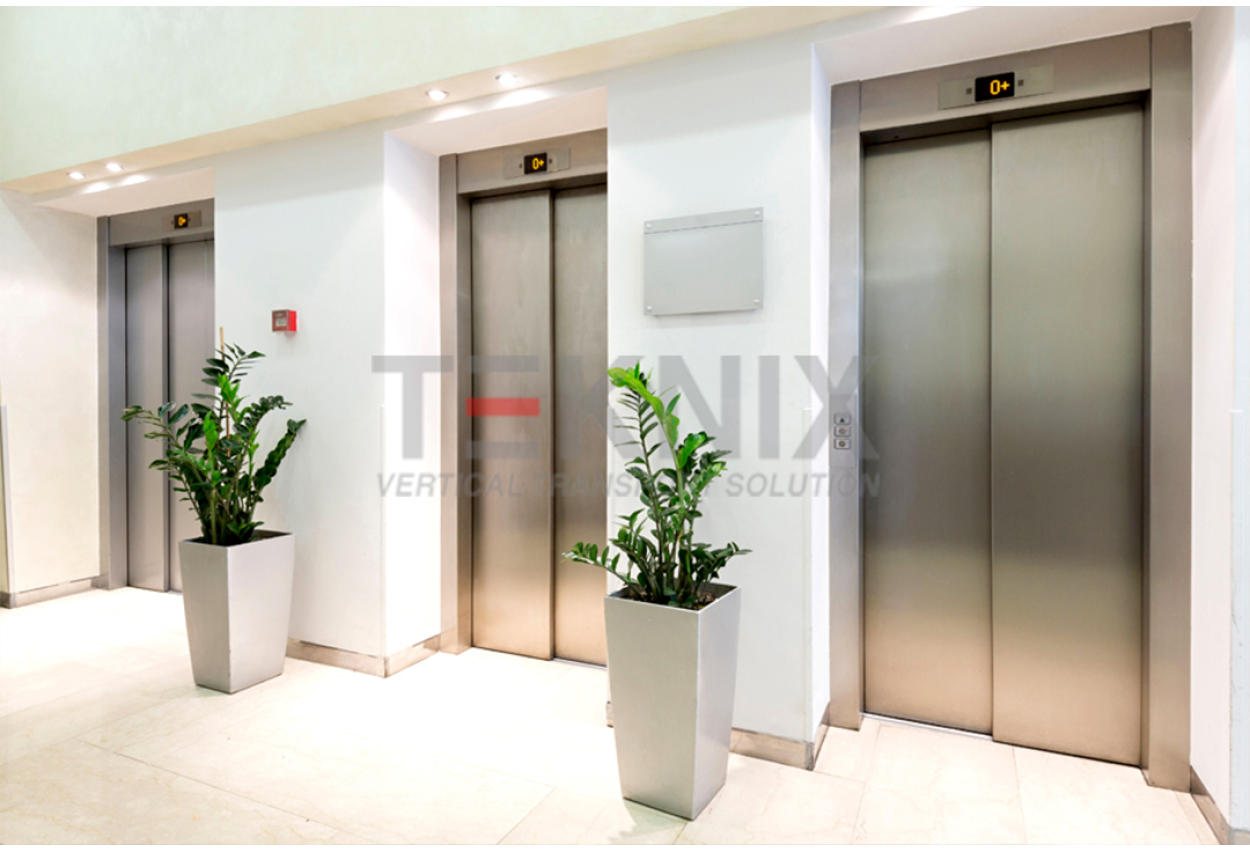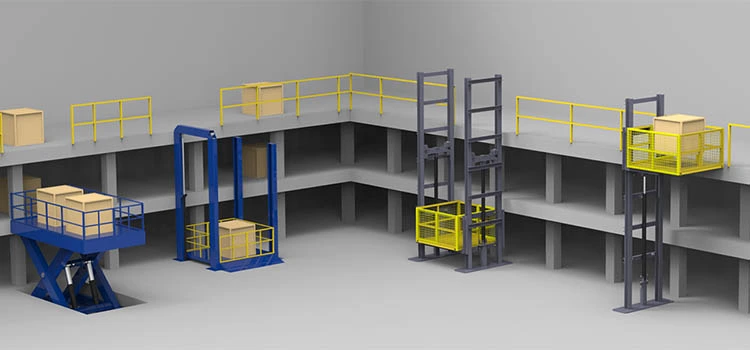We Maintain Lifts to the Highest Standards: Reliable Service for All Lift Kind
We Maintain Lifts to the Highest Standards: Reliable Service for All Lift Kind
Blog Article
Diving Into the Globe of Elevators: Usual Issues Encountered by Various Lift Mechanisms
As we navigate via the vertical transportation systems of contemporary structures, elevators stand apart as a vital component of our day-to-days live. Nevertheless, behind their smooth procedure exists a world of detailed mechanisms that can in some cases encounter difficulties. From hydraulic lifts to traction systems and machine-room-less layouts, each lift type comes with its set of common issues. Recognizing these obstacles is crucial for making sure the smooth functioning of these vital systems. Let's check out the intricacies that underlie the operation of lifts and the prospective concerns that can emerge, dropping light on the detailed web of lift mechanisms.
Hydraulic Lifts
Hydraulic elevators, commonly preferred for low-rise buildings, use fluid pressure to control the motion of the lift car (lift repair companies). This mechanism includes a hydraulic pump pressing oil right into a cyndrical tube, causing the elevator to move in the preferred instructions. While hydraulic lifts are recognized for their smooth and silent procedure, they do come with their own set of common problems
One prevalent problem with hydraulic lifts is oil leak. In addition, concerns with the control system, such as damaged shutoffs or a malfunctioning pump, can trigger interruptions in the elevator's motion.
Regular upkeep and timely repair work are necessary to make sure the smooth functioning of hydraulic elevators. By resolving these typical problems proactively, building proprietors can lessen downtime and guarantee the security and effectiveness of their vertical transport system.
Traction Lifts
When taking into consideration vertical transportation systems in buildings, another usual type other than hydraulic lifts is the traction lift. Traction elevators operate making use of a system of ropes and counterweights that relocate the elevator vehicle by clutching onto the hoist ropes. This system enables smoother and quicker vertical transport compared to hydraulic systems.
Among the common concerns dealt with by grip lifts is rope wear. The continuous activity of the ropes within the traction system can result in tear and use gradually, potentially creating the elevator to malfunction or come to be harmful for use. Normal assessments and upkeep of the ropes are vital to make certain the elevator's correct functioning and security.
An additional issue that grip lifts might run into is connected to the control system. Troubles with the control system can result in problems such as erratic movement, delays in action times, and even total closures. Normal testing and maintenance of the control system are vital to prevent such problems and make certain the lift's reliability.
Machine-Room-Less (MRL) Elevators

One of the crucial elements of MRL elevators is the look these up portable gearless grip machine that is installed within the hoistway. This machine successfully drives the lift auto without the demand for large devices found in conventional traction elevators. Additionally, MRL elevators typically utilize a counterweight system to balance the vehicle, more enhancing their power efficiency.
Regardless of their advantages, MRL elevators might deal with obstacles associated with repair and maintenance as a result of the constrained room for equipment installation. Availability for servicing components within the shaft can be limited, needing specialized training for technicians. Proper maintenance routines and regular inspections are crucial to guarantee the ongoing smooth procedure of MRL lifts.
Overloading and Weight Restriction Issues
Are lifts furnished to handle excess weight loads effectively and safely? Overwhelming and weight limitation issues are vital worries in lift operations. Elevator manufacturers design lifts with particular weight capabilities to make sure traveler safety and security and equipment longevity. Exceeding these weight restrictions can bring about numerous troubles, consisting of mechanical failings, hold-ups, and safety and security threats.
When elevators are strained, it places excessive strain on the electric motor, wires, and other parts, possibly triggering malfunctions or failures. If they discover excess weight, security devices such as sensors and overload sensing units are in location to prevent lifts from moving. In addition, surpassing weight restrictions can bring about enhanced power usage and deterioration on the lift system.
To mitigate straining issues, building supervisors ought to plainly display weight limitations in lifts and inform residents on the value of adhering to these limitations - lift repair companies. Normal maintenance checks by certified specialists can additionally help make certain that elevators are operating within risk-free weight criteria. By dealing with overloading and weight restriction issues proactively, building proprietors can boost elevator safety and security and efficiency
Electrical System Failings
Exceeding weight limits in lifts can not just lead to mechanical problems but image source also possibly add to electric system failures within the lift infrastructure. Electrical system failings are an important problem in elevator procedure, as they can create unanticipated shutdowns, malfunctions, or perhaps security threats. One usual electrical issue is the overheating of elements because of too much existing circulation triggered by straining the lift beyond its capability. This can bring about damage to the circuitry, motor, or control systems, leading to expensive repair services and downtime.
Regular upkeep and inspections are critical to determine and deal with prospective electric problems immediately, ensuring the safe and reliable operation of elevator systems. By adhering to weight limits and carrying out routine electric system checks, building owners can alleviate the danger of electrical failings in elevators.
Verdict

Hydraulic lifts, often liked for low-rise structures, utilize fluid stress to control the motion of the elevator cars and truck.When considering vertical transport systems in structures, another typical kind aside from hydraulic Recommended Site lifts is the grip elevator. Grip elevators run using a system of ropes and counterweights that relocate the elevator cars and truck by gripping onto the hoist ropes. Unlike standard lifts that need a different machine space to house the tools, MRL elevators integrate many of the parts within the shaft, eliminating the requirement for a specialized device room.In final thought, lifts encounter common problems such as hydraulic breakdowns, grip system failings, and electrical system problems.
Report this page